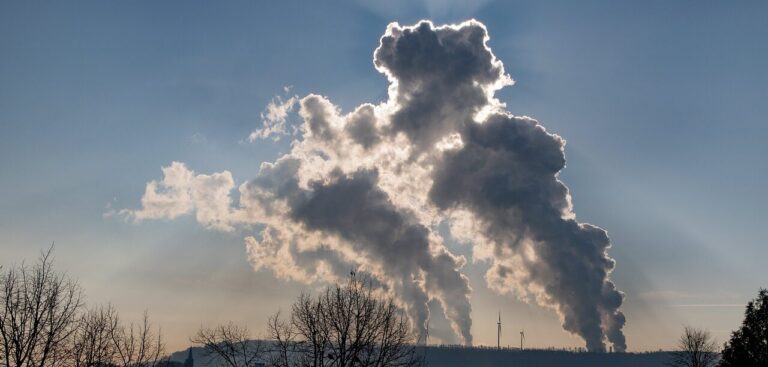The World Meteorological Organization (WMO) has hosted a symposium on the newly proposed Global Greenhouse Gas Monitoring Infrastructure which will help inform actions to reduce CO₂ levels and other heat-trapping gases in the atmosphere.
Though WMO has worked in the area of greenhouse gases (GHGs) for several decades, multiple products and data sets that are critical for supporting international climate policy are only supported by the research community.
At present, there is no comprehensive, timely international exchange of surface and space-based GHG observations. There is also a need for improved collaboration on the model development and generation of the decision-support information on a global scale. Some governments and international organizations undertake specific monitoring activities and maintain data sets but there is no steering mechanism and there is undue reliance on research funding.
The three-day symposium looks to assemble the different pieces of the jigsaw puzzle into a single framework for a sustained, internationally coordinated monitoring infrastructure.
More than 250 experts from research and operational communities, space agencies, meteorological services, the ocean and climate observing communities, academia, and UN partners are participating in the session at WMO’s headquarters.
Michel Jean, president of WMO’s Infrastructure Commission, said, “This initiative has a very important role to play. It’s about the operationalization of the system into something which is much simpler and more coordinated than what we have now. The role of WMO in this planned greenhouse gas monitoring infrastructure global effort is to convene the global community and ensure international coordination.”
Carbon cycle
The proposed monitoring system would improve understanding of the carbon cycle and help reduce uncertainties in estimates of the strength of natural sources and sinks, such as the biosphere, the ocean and the permafrost areas. Understanding the full carbon cycle is vitally important for the planning of mitigation activities, since climate change is driven by the total amount of GHG content of the atmosphere, irrespective of their origin (natural or human-induced).
Lars Peter Riishojgaard, director, WMO Integrated Global Observing Systems branch, said, “The proposed GHG monitoring infrastructure would provide a solid underpinning for mitigation steps taken by the parties to the Paris Agreement and enable them to monitor and understand the effectiveness of their action. It will enhance the quality of national GHG emission inventories and complement the data available to the UN Framework Convention on Climate Change. We need to deliver better and more actionable information if we are serious about changing course.”
WMO’s Greenhouse Gas Bulletin provides annual updates to the UN Climate Change negotiations on atmospheric concentrations of the main long-lived gases (carbon dioxide, methane and nitrous oxide) and these consistently break new records.
A new study published by the UK’s Met Office said the rise in CO₂ concentrations would have been even higher without the triple-dip La Niña event, which has had a temporary cooling effect on global temperatures and has encouraged tropical forests and other vegetation to soak up more carbon-dioxide than usual. But it cautioned that this would only be temporary and that there is a need for rapid emissions cuts if global warming is to be limited to 1.5°C.
The EU has committed itself to cut carbon dioxide emissions by 55% by 2030 and to reach net zero by 2050. The European Green Deal is mainstreaming climate change policies to all other policy areas to initiate the transition to a sustainable society and economy.
The symposium heard how the EU’s Copernicus anthropogenic CO₂ emission monitoring and verification support capacity aims to support policymaking with information on the emission levels and trends based on independent CO₂ atmospheric observations analysis acquired by dedicated space-borne sensors at high temporal and spatial resolutions all over the globe.
In the USA, NASA has a Carbon Monitoring System and NOAA is developing a prototype of an operational GHG emissions estimation system.
China, Japan and the Republic of Korea are all actively involved in GHG observations in Asia, and Australia is also developing an observational network.
The symposium follows a decision by WMO’s Executive Council in June 2022 to develop an architecture for a global Greenhouse Gas Monitoring Infrastructure. Proposals and a concept document developed at the symposium will be submitted to WMO’s Executive Council meeting in February and the full World Meteorological Congress in June 2024.



